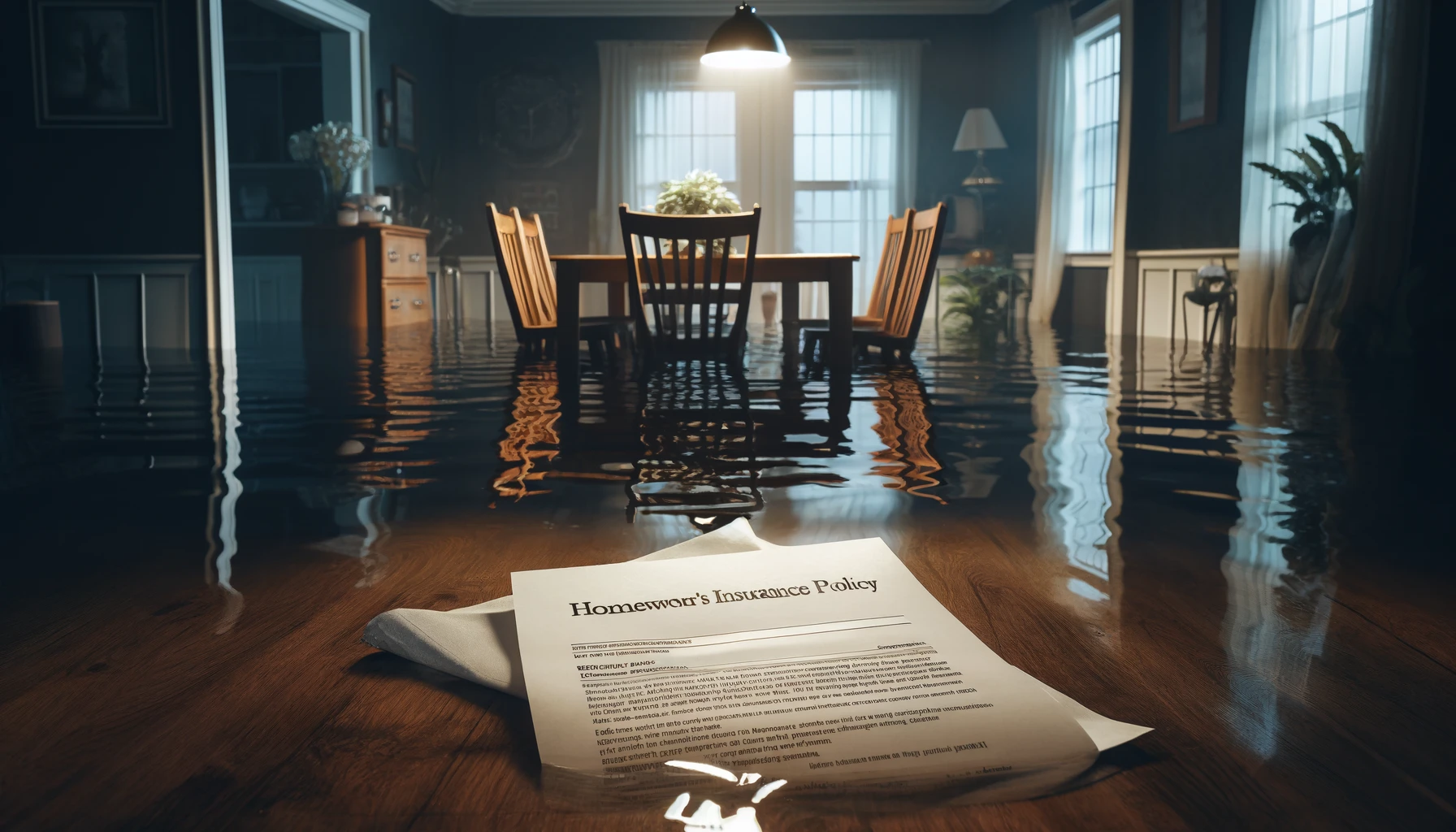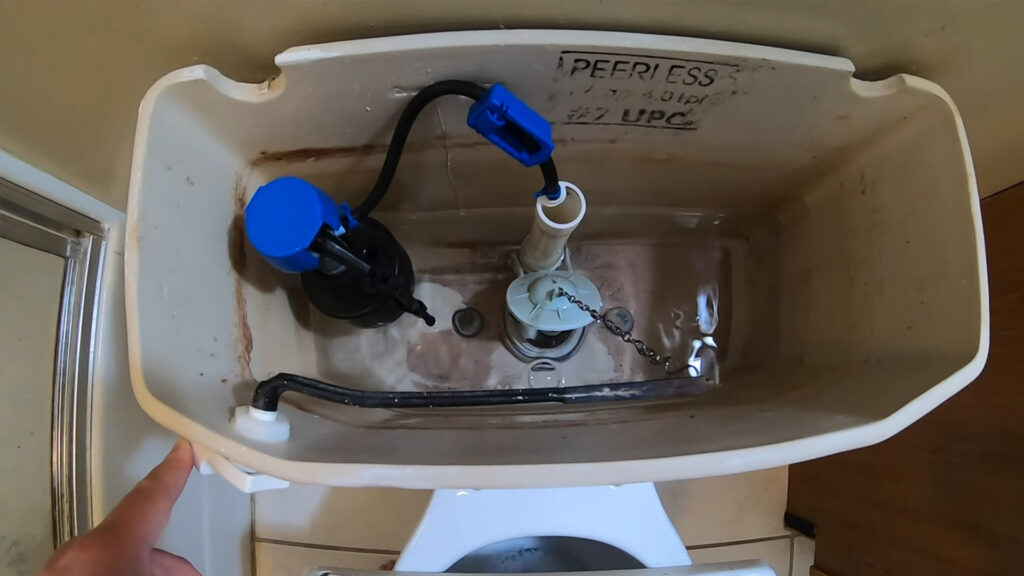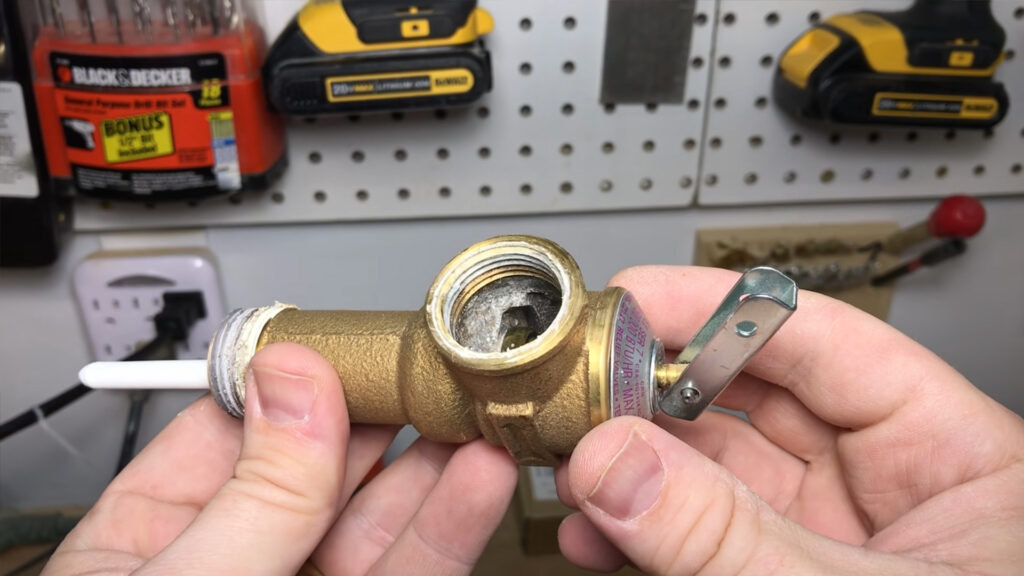Water damage can wreak havoc on your property, leading to costly repairs and potential health risks. At Philly Damage Restoration, we understand the importance of adhering to industry standards to ensure the best possible outcome for our clients. One of the most critical guidelines we follow is the ANSI/IICRC S500 Standard for Professional Water Damage Restoration.
Understanding the ANSI S500 Standard
The ANSI (American National Standards Institute) S500 is a comprehensive, industry-recognized guideline that outlines the procedures and techniques necessary for effective water damage restoration. Developed by the Institute of Inspection, Cleaning and Restoration Certification (IICRC), this standard provides a step-by-step approach to restoring water-damaged properties, ensuring safety, efficiency, and thoroughness.
The ANSI S500 is updated periodically to reflect the latest advances in technology and practices within the water damage restoration industry. This ensures that professionals like those at Philly Damage Restoration are equipped with the knowledge and tools needed to handle any water damage scenario, from minor leaks to major floods.
Key Components of the ANSI S500 Standard
The ANSI S500 Standard is organized into various sections, each covering a specific aspect of water damage restoration:
- Principles of Water Damage Restoration: This section outlines the fundamental concepts of water damage restoration, including the importance of timely intervention, moisture control, and proper drying techniques.
- Category of Water: Water damage is classified into three categories based on the level of contamination:
- Category 1: Clean water from sources like broken pipes or overflowing sinks. This water poses minimal health risks.
- Category 2: Also known as “grey water,” this water may contain contaminants and pose health risks. It often comes from washing machines, dishwashers, or toilet overflows with urine (but no feces).
- Category 3: Often referred to as “black water,” this is highly contaminated water that can cause severe illness or death if ingested. It includes sewage, floodwater, or water from natural disasters. Restoration of Category 3 water damage requires specialized techniques and equipment to ensure safety and thorough decontamination.
- Class of Water Intrusion: This categorization helps professionals determine the amount of water absorbed by materials and the extent of damage:
- Class 1: Minor water damage where only a small portion of a room is affected, and materials are only partially wet.
- Class 2: Water has spread throughout a room, affecting carpets, walls, and other materials.
- Class 3: Water may have come from overhead, saturating the entire area, including the ceiling, walls, insulation, and subfloor.
- Class 4: Specialty drying situations where materials with low permeability (e.g., hardwood, plaster, concrete) are saturated.
- Inspection and Evaluation: The standard emphasizes the importance of a thorough inspection to assess the extent of the damage. This includes identifying the category and class of water, determining potential health hazards, and developing a restoration plan.
- Drying and Monitoring: Proper drying is crucial to prevent mold growth and further damage. The ANSI S500 provides guidelines on the use of dehumidifiers, air movers, and other equipment to dry the affected areas effectively. It also stresses the importance of continuous monitoring to ensure that all moisture is removed.
- Documentation: Accurate documentation is essential for both the restoration process and any potential insurance claims. The ANSI S500 outlines the types of documentation required, including photos, moisture readings, and progress reports.
The Importance of Following the ANSI S500 Standard
Adhering to the ANSI S500 Standard is crucial for several reasons:
- Safety: Water damage restoration can be hazardous, especially in cases involving Category 3 water damage. Following the standard ensures that all safety protocols are in place to protect both the restoration professionals and the occupants of the property.
- Efficiency: The ANSI S500 Standard provides a structured approach to water damage restoration, allowing professionals to work efficiently and effectively. This minimizes the time required to restore the property and reduces the risk of further damage.
- Quality Assurance: By following the ANSI S500 Standard, restoration professionals can ensure that the work is done to the highest quality standards. This increases the likelihood of a successful restoration, leaving the property in a safe and habitable condition.
- Insurance Compliance: Many insurance companies require that water damage restoration be conducted according to the ANSI S500 Standard. This ensures that the work is done professionally and reduces the likelihood of disputes or denial of claims.
How Philly Damage Restoration Implements the ANSI S500 Standard
At Philly Damage Restoration, we take the ANSI S500 Standard seriously. Our team of certified professionals is trained to follow these guidelines meticulously, ensuring that every water damage restoration project is handled with the utmost care and precision.
Whether you’re dealing with a minor leak or severe flooding, you can trust Philly Damage Restoration to restore your property to its pre-damage condition safely and efficiently. Our adherence to the ANSI S500 Standard means that you can have peace of mind knowing that your home or business is in good hands.







